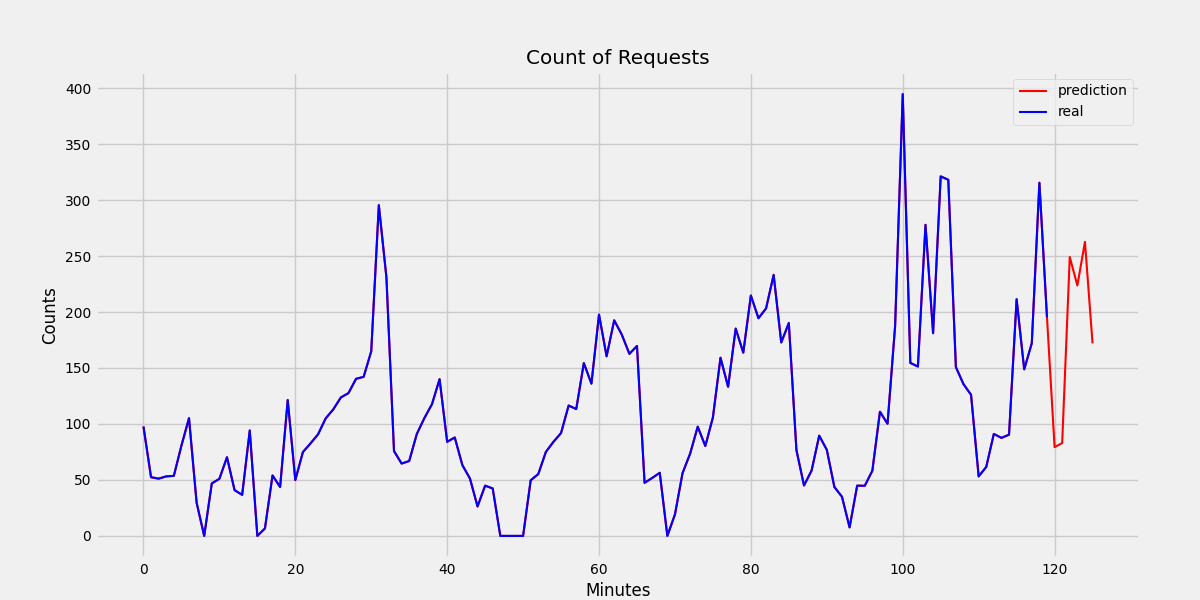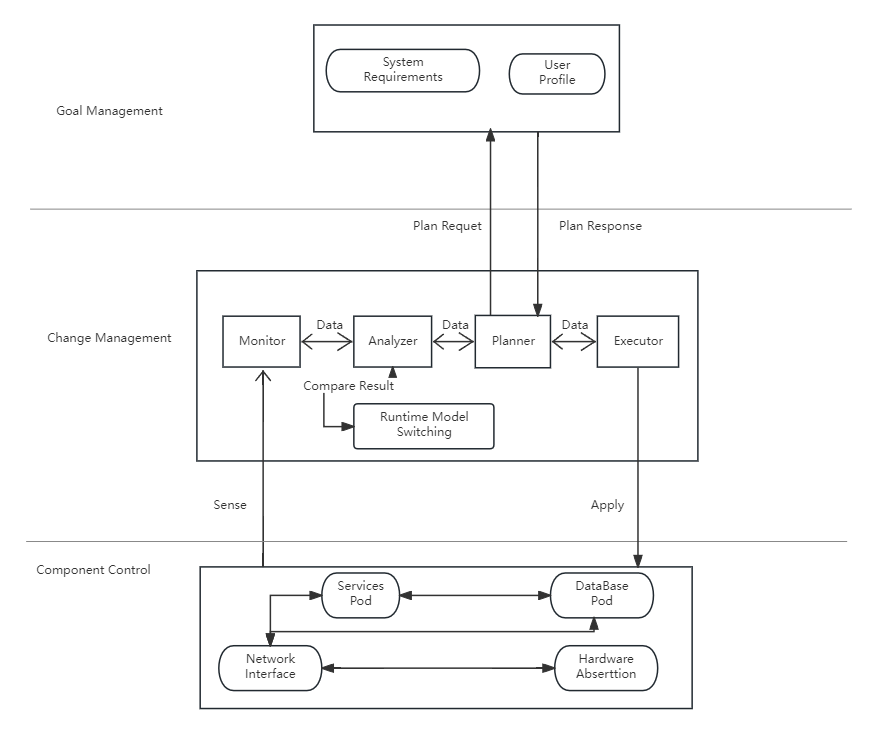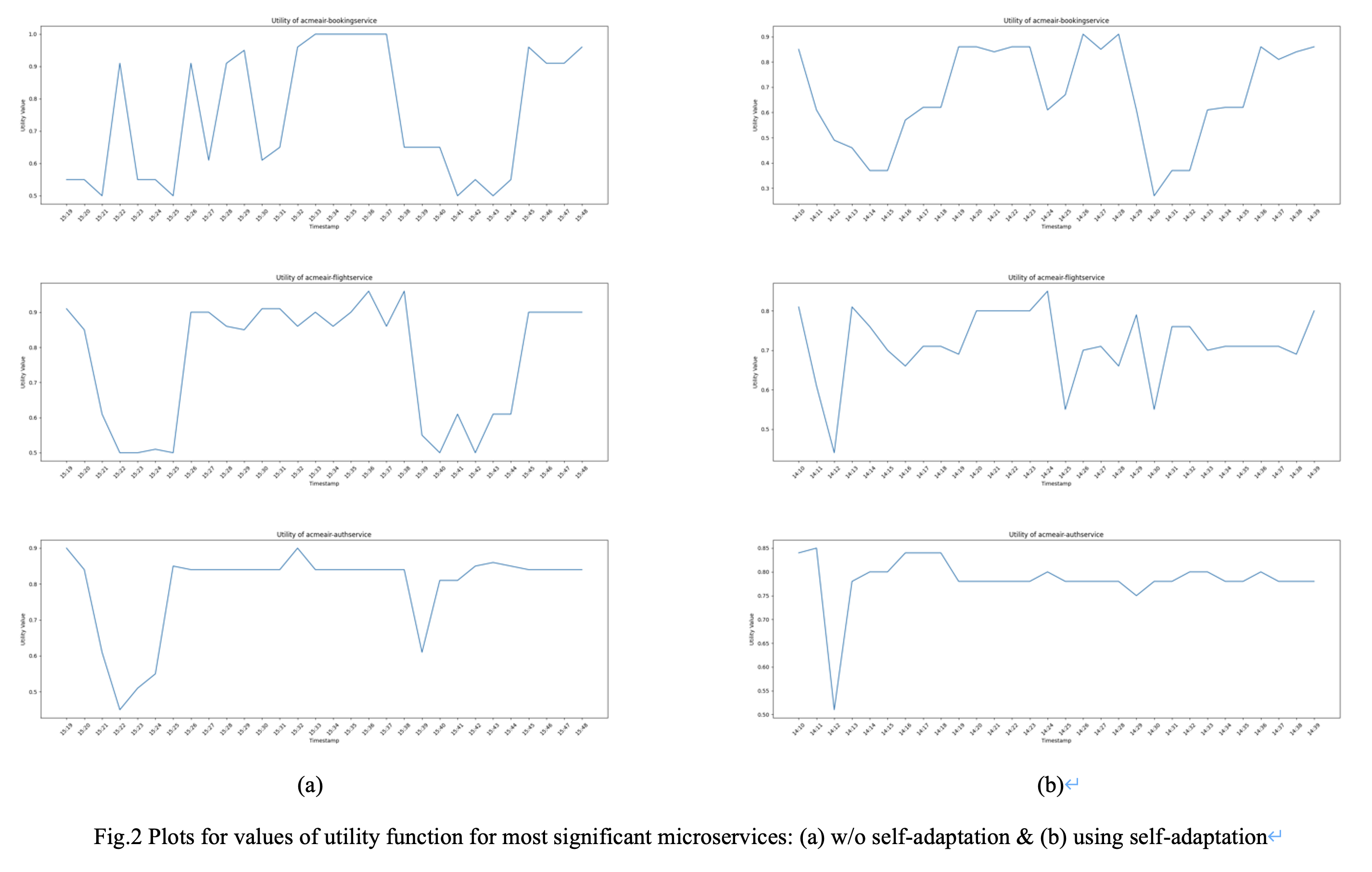The Final Project of ECE 750 Self-Adaptive System, by Lucian Zhao and Guanjie Wang
This project presents an intelligent auto-scaling system designed for microservices performance optimization on IBM Cloud. Utilizing the Monitoring-Analysis-Planning-Execution-Knowledge (MAPE-K) self-adaptation loop model, the system dynamically adjusts to fluctuating workloads, ensuring efficient resource utilization and system responsiveness.
-
MAPE-K Loop: The system utilizes the MAPE-K model for continuous adaptation. It incorporates a model-switching algorithm within the analysis phase, allowing the system to select the most appropriate predictive model based on current conditions, such as workload intensity and performance requirements.
-
Three-Layer Architecture: The system's architecture consists of:
- Goal Management Layer: Manages user and system requirements.
- Change Management Layer: Includes the MAPE-K loop and handles the dynamic model switching.
- Components Management Layer: Contains the functional components of the system.
-
LSTM-Based Workload Forecasting: Employs a Long Short-Term Memory (LSTM) network for accurate prediction of dynamic workloads.
-
OpenShift CLI for Execution: Uses OpenShift Command Line Interface for dynamic scaling of pods and resource adjustment.
The system architecture is divided into three main components:
- Model Switching Algorithm: The system can switch between various predictive models, including statistical and machine learning (LSTM) methods, to optimize its forecasting accuracy and efficiency.
- Workload Simulation: JMeter is used for simulating dynamic workloads, testing the system’s adaptability under various conditions.
- Resource Management: Employs Docker containers for encapsulating services, orchestrated by OpenShift for real-time adaptations.
- Performance Monitoring: Uses IBM Cloud monitoring tools, including Sysdig, for tracking performance metrics.
- Performance Testing: Conducted using a Python script integrated with JMeter.
- Adaptation Efficiency: Validated through real-time adaptation to workload changes, ensuring optimal performance and resource utilization.



